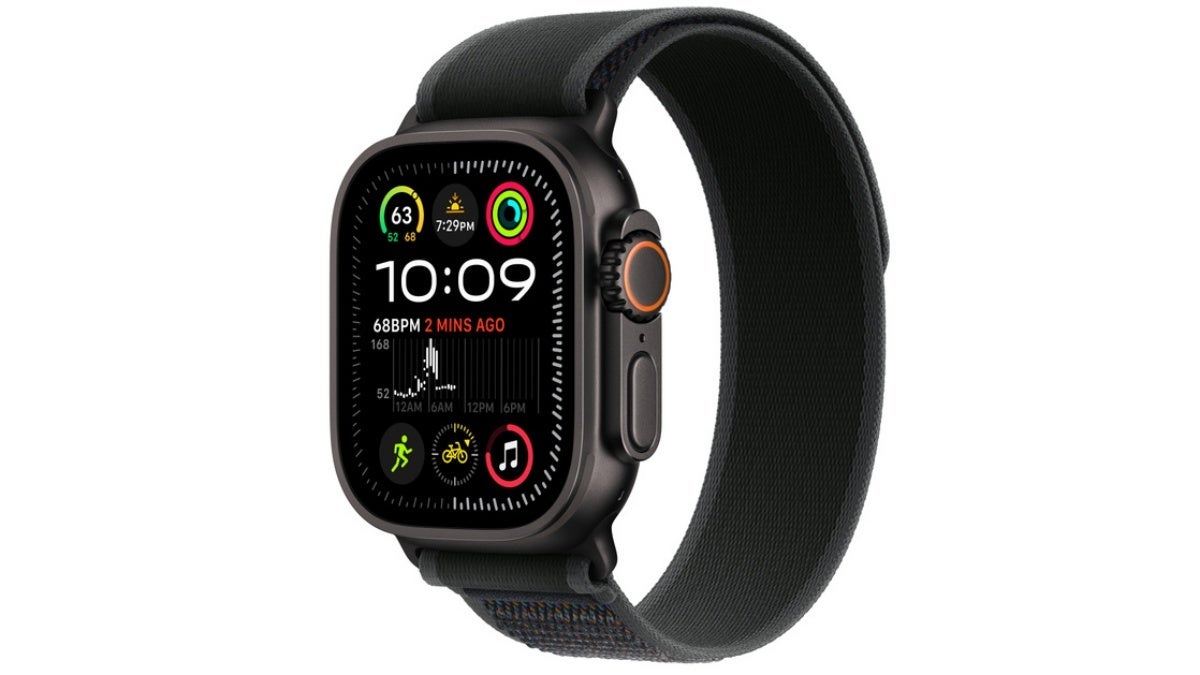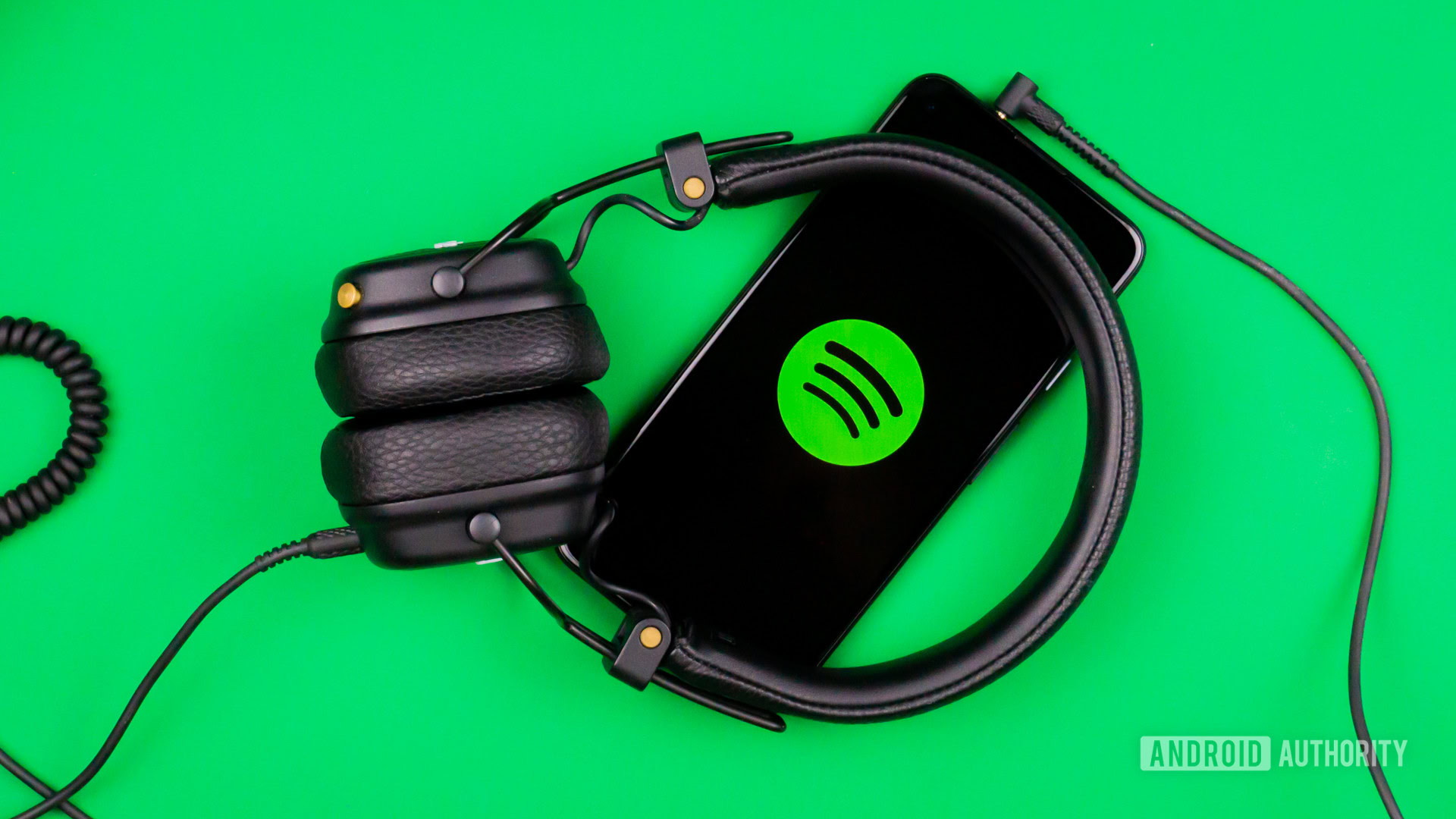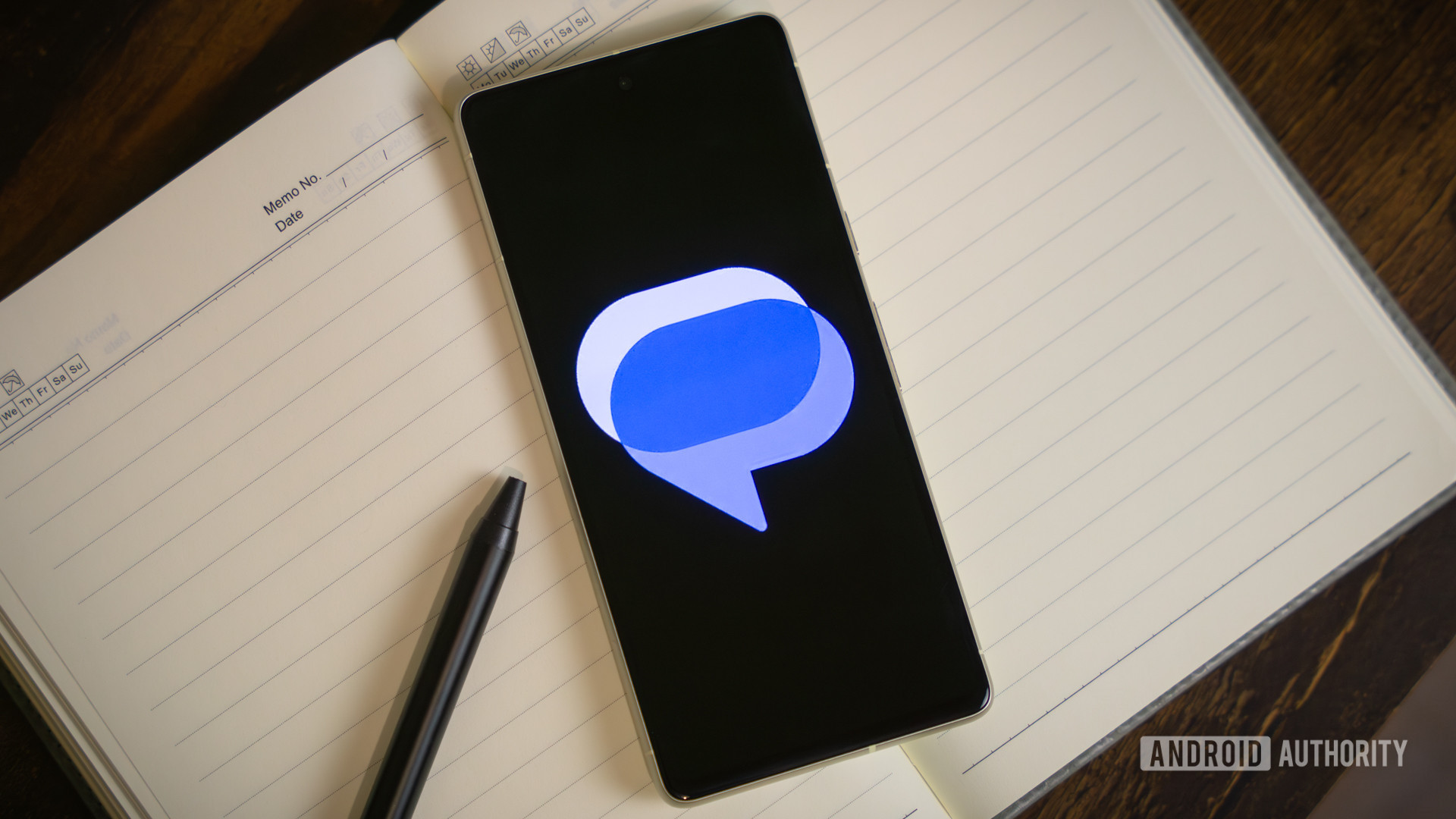Last year Apple disabled the blood oxygen feature on Apple Watch Series 9 and 10, and on Apple Watch Ultra 2
The Apple spokesman said, “Over the past six years (Masimo has) sued Apple in multiple courts and asserted over 25 patents, the majority of which have been found to be invalid. The single patent in this case expired in 2022 and is specific to historic patient monitoring technology from decades ago.” Masimo sang a different tune about the jury verdict calling it, “a significant win in our ongoing efforts to protect our innovations and intellectual property.”
Apple’s revised version of the pulse oximeter will once again be looked at by the ITC for any patent infringements
The original technology allowed the Apple Watch user to use the timepiece to collect the data, calculate the information and analyze it all on the watch. The final blood oxygen percentage would appear on the display of the Apple Watch. To avoid infringing on Masimo’s intellectual property, the revised technology still collects the data on the watch, but a paired iPhone handles the analysis, calculations. The user’s blood oxygen percentage is shown on the Health app of a paired iPhone under the Respiratory section.
The ITC tells Apple that it wants to hold proceedings over the revised pulse oximeter technology it now uses
The blood oxygen sensor measures the oxygen saturation of your blood. More precisely, it measures how much oxygen your red blood cells are carrying from the lungs throughout the rest of your body. If you’re healthy, this reading should be within the range of 95% and 100%. Readings below 90% are considered a sign that the person has an underlying medical issue.
Should the ITC decide that the revised pulse oximeter still infringes on Masimo’s patent, Apple will have some options to consider. It could disable the feature once again, which might upset Apple Watch users. It could try once again to develop a pulse oximeter that doesn’t infringe on the patent, or it could make a deal with Masimo to license the technology for impacted Apple Watch models. Personally, I believe that the best and easiest solution is the last one since it allows Apple Watch users to keep the feature, Apple won’t have to disable it, and Masimo gets paid for the use of its technology. That would be a win-win-win solution.







